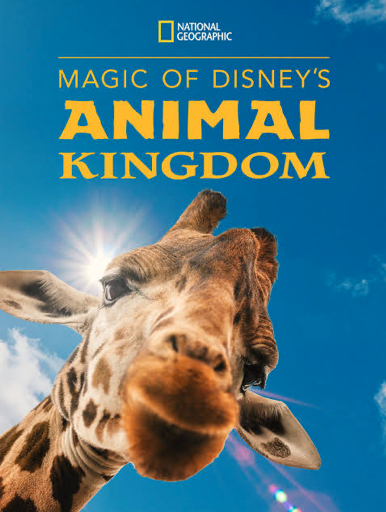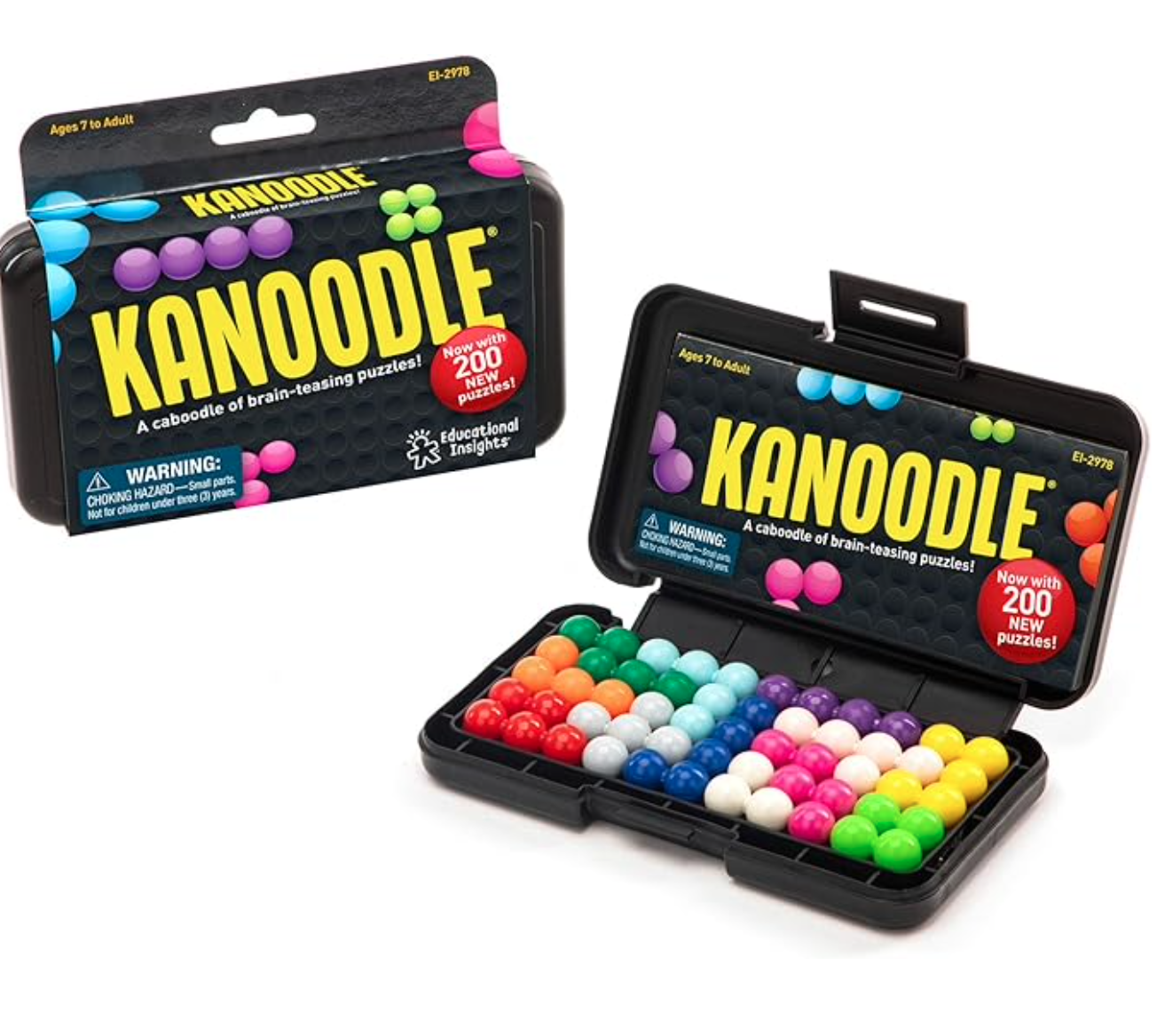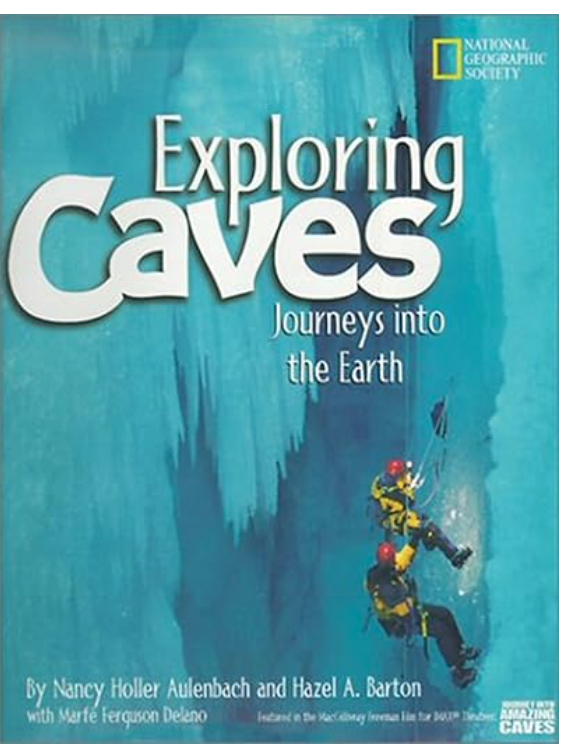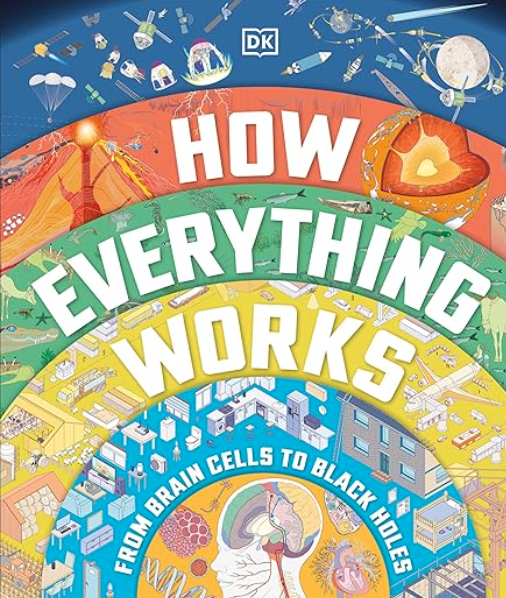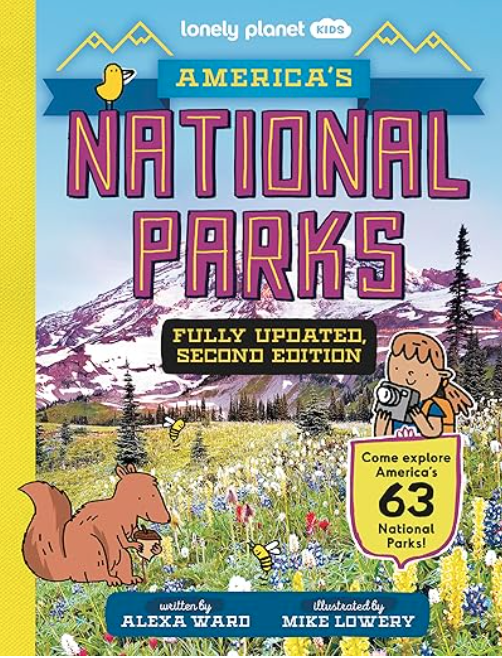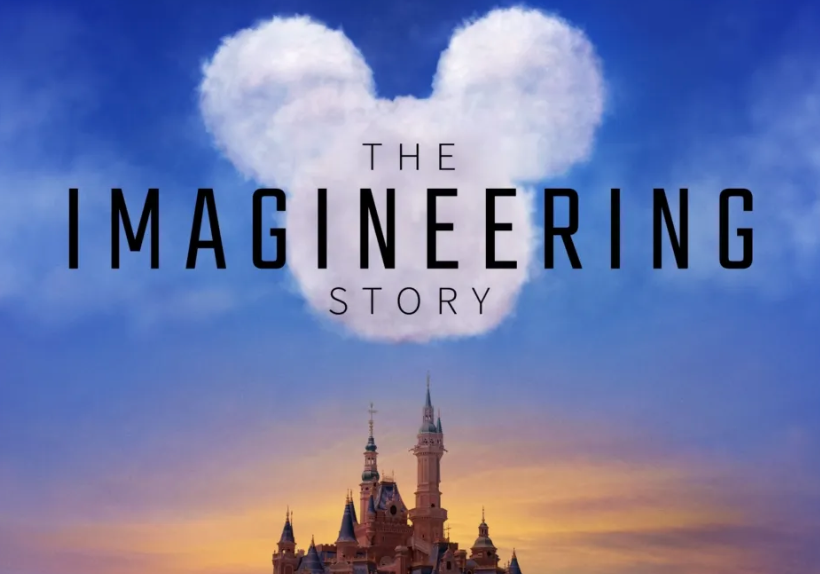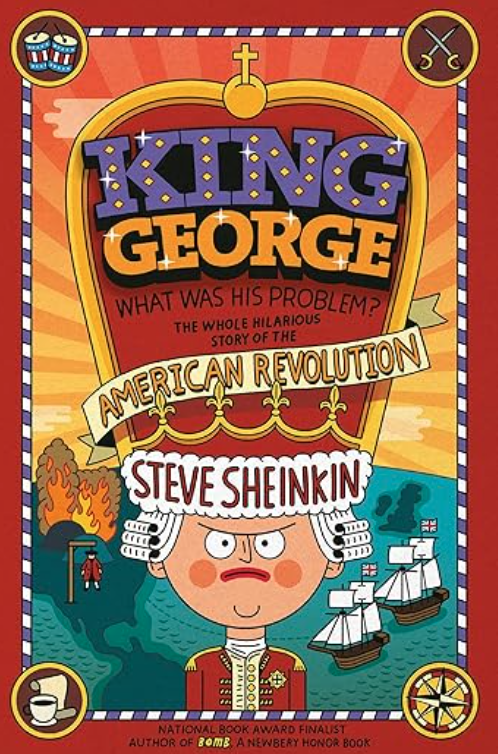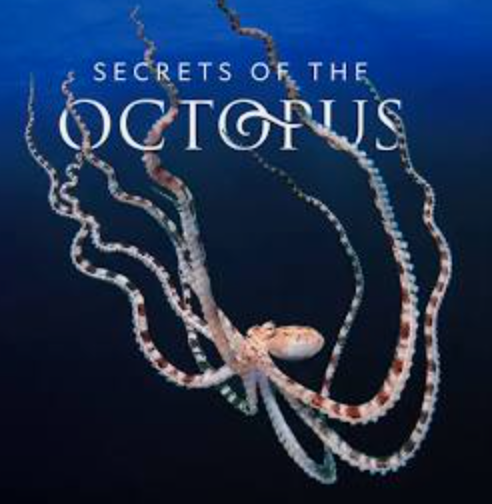Top 10 Educational Shows on Disney+ Every Homeschool Family Should Watch
When most people think of homeschooling, they might picture textbooks, workbooks, and kitchen tables full of flashcards. But homeschoolers know the truth: learning happens everywhere. Whether it’s on a nature walk, during a road trip, or while streaming a favorite show, education doesn’t need to follow traditional formats to be effective. One such tool in a homeschooler’s toolbox is Disney+.
Disney + is packed with high-quality documentaries, science series, and engaging cultural stories. It can be a gateway to curiosity, critical thinking, and meaningful family conversations if you know what to look for.
In this post, I’ll share ten educational shows on Disney+ that can easily be incorporated into your homeschool week. For each one, I’ve included recommended ages, content ratings, educational focus areas, and suggested complementary reading materials so you can deepen the learning through books and discussions. And because it’s much more than just screen time, I’ve also included five guided questions you can ask your child after watching each show to help spark reflection, comprehension, and higher-order thinking.
Gather the kids, and get ready to add Disney+ into your teaching toolkit.
#1: The Magic of Disney’s Animal Kingdom
Recommended Ages: 6 and up
Content Rating: TV-PG
Subjects Covered: Animal biology, zoology, conservation, ecology, veterinary science, and behind-the-scenes STEM careers
Perfect For: Science units, animal lovers, future vets, and ecology studies
Complementary Reading: An Anthology of Intriguing Animals (DK Children’s Anthologies)
Available on Amazon
This beautifully illustrated book introduces young readers to over 100 animal species from around the world, each with captivating facts and visuals that extend the learning from the show into independent reading and research.
Five Critical Thinking Questions
How do the animal care teams adapt their approach depending on the needs of each animal?
(Encourages empathy and observation)What careers did you see in the episode? Would you enjoy doing any of those jobs? Why or why not?
(Connects learning to real-world applications)What conservation efforts were mentioned, and why do you think they are important?
(Promotes global awareness and responsibility)How do the environments in the Animal Kingdom help the animals feel safe and comfortable?
(Encourages connections between design, behavior, and well-being)If you could design a new animal exhibit, what animal would you choose and what would you include in its habitat?
(Supports creativity, synthesis, and applied knowledge)
#2: Brain Games
Recommended Ages: 10 and up
Content Rating: TV-PG
Subjects Covered: Neuroscience, psychology, memory, perception, logic, cognitive biases, brain function
Perfect For: Critical thinking practice, logic and puzzle units, neuroscience exploration, and family game-style learning
Complementary Activity:
Kanoodle Logic Game
Available on Amazon
Kanoodle is a hands-on logic puzzle that challenges spatial reasoning, critical thinking, and problem-solving skills. It’s a great follow-up to the mental challenges introduced in Brain Games and perfect for independent or family play.
Five Critical Thinking Questions
What surprised you the most about how the brain works in today’s episode? Why?
(Fosters curiosity and metacognition)Which brain illusion or experiment did you find the most convincing or tricky? Can you explain why it worked?
(Builds comprehension of scientific concepts)How does understanding your brain’s habits help you make better decisions?
(Promotes personal application and awareness)What connections can you make between the episode and something you’ve experienced in real life?
(Strengthens real-world connections)If you could design your own brain game or challenge, what would it test and how would you present it?
(Encourages synthesis, creativity, and higher-order thinking)
#3: National Geographic Explorer – The Deepest Cave
Recommended Ages: 10 and up
Content Rating: TV-PG
Subjects Covered: Geology, earth science, cave systems, exploration, teamwork, human endurance, environmental conditions
Perfect For: Earth science units, geology study, adventure learning, teamwork and resilience themes, and STEM career exploration
Complementary Reading:
Exploring Caves: Journeys Into the Earth by Nancy Holler Aulenbach & Hazel Barton (National Geographic Kids)
Available on Amazon
This engaging nonfiction book pairs perfectly with the episode, taking young readers on real-world cave explorations with scientists and cavers. It’s a visually rich and informative companion for understanding what lies beneath the Earth’s surface.
Five Critical Thinking Questions
What physical and mental challenges did the explorers face while descending into the deepest cave?
(Encourages empathy, resilience thinking, and real-world application)Why is mapping and exploring deep caves important for science and the environment?
(Highlights the value of field research and discovery)What technology or tools were used in the expedition, and how did they help the team succeed?
(Introduces students to practical STEM applications)What would be the risks of entering an unexplored cave system? How do scientists prepare for those risks?
(Promotes awareness of planning, safety, and risk management)If you could explore any natural environment on Earth, where would you go and what would you hope to learn?
(Invites imagination, personal connection, and scientific curiosity)
#4: The World According to Jeff Goldblum
Recommended Ages: 10 and up
Content Rating: TV-PG
Subjects Covered: Everyday science, sociology, history of inventions, economics, pop culture, human behavior
Perfect For: Cross-curricular learning, inquiry-based lessons, unit study hooks, and sparking curiosity in reluctant learners
Complementary Reading:
How Everything Works: From Brain Cells to Black Holes (DK)
Available on Amazon
This beautifully illustrated book answers complex scientific questions in an accessible way. It’s a perfect complement to the quirky, curious spirit of the show and can be used for deeper dives into topics introduced in each episode.
Five Critical Thinking Questions
What was the main topic of the episode, and how did Jeff Goldblum explore it from multiple perspectives?
(Builds analytical and synthesis skills)What surprising fact or connection did you learn that changed how you view the topic?
(Encourages personal reflection and flexible thinking)How did science, history, and culture overlap in this episode’s subject?
(Reinforces interdisciplinary learning)What questions did this episode leave you with? How might you find the answers?
(Supports research skills and curiosity)If you could create your own episode of this show, what everyday object or idea would you explore and why?
(Inspires creativity and student-led inquiry)
#5: Marvel’s Hero Project
Recommended Ages: 8 and up
Content Rating: TV-G
Subjects Covered: Civic responsibility, leadership, activism, empathy, community engagement, real-life heroism
Perfect For: Social studies, character education, service learning projects, and inspiring kids to make a difference
Complementary Reading:
What Does the Constitution Say? A Kid’s Guide to How Our Democracy Works by Ben Sheehan
Available on Amazon
This kid-friendly guide explains the U.S. Constitution with humor, clarity, and relevance. It’s a great companion to Marvel’s Hero Project, offering a deeper look at the rights and responsibilities young changemakers are using to make a difference in their communities.
Five Critical Thinking Questions
What qualities did the featured young hero show in this episode, and how did they use them to help others?
(Promotes self-reflection and empathy)What problem did they address, and what steps did they take to create change?
(Reinforces cause and effect, planning, and goal-setting)What obstacles did they face, and how did they overcome them?
(Teaches perseverance and resilience)How does this story connect to rights or freedoms discussed in the Constitution?
(Connects civics education to real-life action)What issue in your community would you like to improve, and how could you start?
(Inspires action and critical thinking about one’s role in society)
#6: Wild Yellowstone
Recommended Ages: 9 and up
Content Rating: TV-PG
Subjects Covered: Ecology, animal behavior, climate change, survival adaptations, geothermal features, seasonal cycles
Perfect For: Life science units, national park studies, ecosystems and habitats, or thematic nature study
Complementary Reading:
America’s National Parks (Lonely Planet Kids) by Alexa Ward
Available on Amazon
This engaging guidebook introduces kids to the beauty and diversity of U.S. national parks, including Yellowstone. With maps, photos, fun facts, and activity prompts, it’s a perfect way to broaden the learning experience beyond the screen.
Five Critical Thinking Questions
What survival strategies do Yellowstone’s animals use during extreme weather changes?
(Encourages understanding of adaptation and environmental impact)What makes Yellowstone’s ecosystem unique compared to other places you’ve studied?
(Supports comparison skills and ecological awareness)How do the park’s geothermal features affect both the landscape and the wildlife?
(Promotes understanding of Earth science and interdependence)What role do national parks like Yellowstone play in conservation efforts?
(Explores real-world application of environmental protection)If you could visit Yellowstone, what would you want to study, observe, or protect? Why?
(Builds personal connection to nature and stewardship)
#7: Dr. Oakley, Yukon Vet
Recommended Ages: 8 and up
Content Rating: TV-PG
Subjects Covered: Veterinary science, biology, anatomy, wildlife medicine, rural ecosystems, and animal care careers
Perfect For: Animal science units, students interested in veterinary careers, biology lessons, and real-world problem solving in science
Complementary Reading:
The Animal Body (DK)
Available on Amazon
This detailed visual guide explores how animal bodies work—from skeletons and organ systems to movement and digestion. It’s an excellent companion for students who want to dive deeper into the biology behind the medical cases seen on Dr. Oakley, Yukon Vet.
Five Critical Thinking Questions
How does Dr. Oakley’s approach change depending on the size, species, or temperament of the animal?
(Encourages observational skills and empathy)What tools or medical procedures did you see, and what were they used for?
(Reinforces scientific vocabulary and practical applications)How does working in remote locations affect Dr. Oakley’s ability to treat animals?
(Promotes thinking about access, innovation, and resourcefulness)What does this show teach you about the relationship between humans, animals, and the environment?
(Explores systems thinking and ethics)If you were a wildlife vet, what animal would you most want to work with, and why?
(Connects learning to career exploration and personal interests)
#8: The Imagineering Story
Recommended Ages: 10 and up
Content Rating: TV-PG
Subjects Covered: Engineering, storytelling, art and design, innovation, architecture, theme park history, and creativity
Perfect For: STEM and design units, creative writing inspiration, project-based learning, and career exploration in the arts and sciences
Complementary Reading:
The Mysteries of Harris Burdick by Chris Van Allsburg
Available on Amazon
This imaginative picture book features mysterious illustrations with only a title and a single sentence for each one. It invites students to become their own Imagineers by dreaming up entire stories from a visual prompt: perfect for narrative writing, art integration, and creative exploration inspired by the spirit of Disney Imagineering.
Five Critical Thinking Questions
What roles make up an Imagineering team, and how do art and science work together in their process?
(Encourages interdisciplinary thinking and career exploration)How did the Imagineers solve challenges when creating new rides or parks? What does that teach you about problem-solving?
(Reinforces engineering mindset and perseverance)What story elements are used to make attractions feel immersive and emotional?
(Builds understanding of narrative techniques in design)How do Imagineers blend history, technology, and culture into their creations? Can you think of an example?
(Promotes connection-making across subjects)If you could design your own theme park land or attraction, what would it be and what story would it tell?
(Inspires creativity, planning, and storytelling)
#9: Hamilton (Stage Recording)
Recommended Ages: 13 and up (parental guidance recommended for some language and situations)
Content Rating: PG-13
Subjects Covered: U.S. history, the American Revolution, civics, immigration, politics, leadership, storytelling through music
Perfect For: Middle and high school American history units, government and civics studies, and creative writing or music appreciation
Complementary Reading:
King George: What Was His Problem? Everything Your Schoolbooks Didn’t Tell You About the American Revolution by Steve Sheinkin
Available on Amazon
This witty and fast-paced book presents the American Revolution with humor and rich historical detail. It’s the perfect follow-up to Hamilton, giving context to the events, people, and politics behind the musical—with a particular focus on the British side of the story.
Five Critical Thinking Questions
How does Hamilton’s immigrant identity influence his actions, ambitions, and relationships throughout the story?
(Encourages character analysis and cultural reflection)What historical moments were emphasized in the musical, and how do they compare with what you’ve read in your history books?
(Supports historical comparison and media literacy)How does the music style (hip-hop, R&B, ballads) affect how the story is told and received?
(Promotes analysis of storytelling technique and audience impact)Which founding figure surprised you the most based on their portrayal, and why?
(Engages critical thinking about perspective and historical reputation)What lessons from Hamilton still feel relevant today in terms of politics, leadership, or identity?
(Connects past to present and builds civic understanding)
#10: Secrets of the Octopus
Recommended Ages: 8 and up
Content Rating: TV-PG
Subjects Covered: Marine biology, animal intelligence, communication, ecosystems, ocean conservation
Perfect For: Science units on ocean life, animal behavior studies, environmental awareness, and nonfiction media literacy
Complementary Activity:
A free printable worksheet is available from DisneyHomeschool.com to guide students through key facts, reflections, and deeper learning while watching the series.
Download the worksheet here
Want to make the most of your Disney+ learning time? Print out discussion questions, set aside a weekly “Media + Mind” day, or explore companion worksheets like the one offered for Secrets of the Octopus. By using screen time as a launchpad for curiosity, you're helping your kids see the world—and their education—with fresh eyes.


